The Sierra de Tramuntana, a UNESCO World Heritage Site since 2011, is one of the most stunning and culturally significant regions of Mallorca, Spain. Stretching along the island’s northwest coast, this mountain range is a haven for nature enthusiasts, hikers, history buffs, and anyone seeking to experience the raw beauty of the Mediterranean landscape.
With its dramatic peaks, fertile valleys, charming villages, and a wealth of outdoor activities, the Sierra de Tramuntana offers an unforgettable adventure for visitors.
Mallorcan olive oil tasting
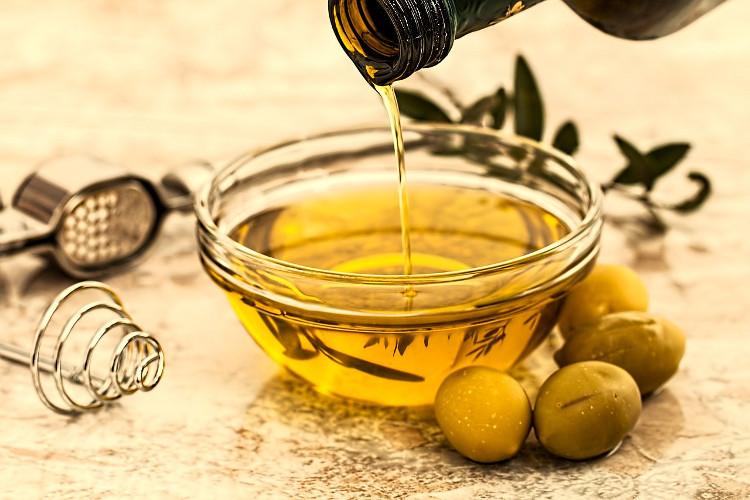
Visit this virgin olive oil production facility in central Mallorca and taste its delicious oils. At this farm you can visit the olive groves, taste Mallorcan olive oil in local dishes, or take part in a guided tour of the facilities where the oil is produced.
Geology and History
The Sierra de Tramuntana was formed over millions of years through tectonic activity that shaped the Mediterranean basin. The range is primarily composed of limestone, which has been sculpted by erosion into dramatic cliffs, deep gorges, and terraced valleys. The highest peak is Puig Major, standing at 1,436 meters, making it the tallest mountain in Mallorca. Nearby, Puig de Massanella (1,364 meters) is another iconic peak and a favorite among hikers.
The history of the Sierra de Tramuntana is deeply intertwined with Mallorca’s past. The region has been inhabited since prehistoric times, with evidence of Talayotic settlements dating back to 1000 BCE. During the Roman and Moorish periods, the mountains served as a refuge and a source of resources. In the Middle Ages, the area became a strategic stronghold, with watchtowers and fortifications built to protect against pirate raids. The 18th and 19th centuries saw the rise of large agricultural estates known as possessions, which played a key role in the local economy and culture. Today, these estates are a testament to the region’s agricultural heritage.
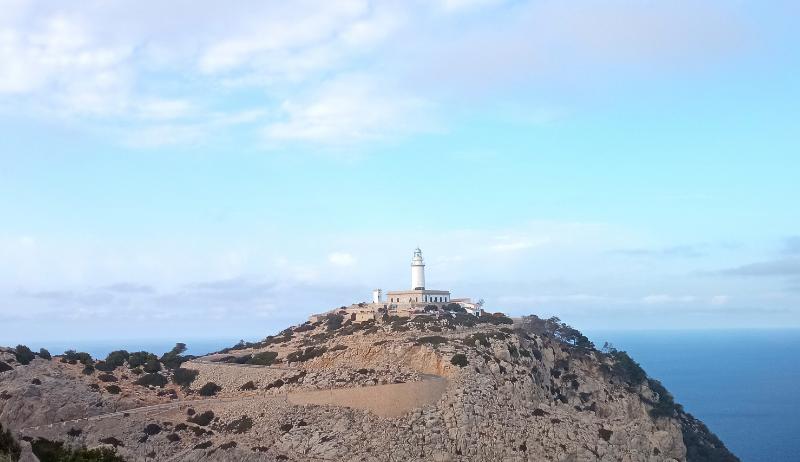
Location and Accessibility
The Sierra de Tramuntana spans approximately 90 kilometers, running from the town of Andratx in the southwest to the Cape of Formentor in the northeast. The Ma-10 highway, also known as the "Serra de Tramuntana Road," is the main route that winds through the mountains, offering breathtaking views of the coastline and the interior valleys. This road is an adventure in itself, with its sharp curves and dramatic drop-offs, but it provides access to many of the region’s key attractions.
From Palma de Mallorca, the island’s capital, the Sierra de Tramuntana is easily accessible by car. The drive to Valldemossa, one of the most famous villages in the range, takes about 30 minutes. Public transportation is also available, with buses connecting Palma to towns like Sóller and Deià, though services may be less frequent in remote areas.

Main Places of Interest
- Valldemossa: This picturesque village is renowned for its Royal Carthusian Monastery, where composer Frédéric Chopin and writer George Sand spent the winter of 1838-39. The monastery, with its beautiful cloisters and gardens, is a must-visit. Valldemossa’s cobblestone streets, stone houses, and surrounding mountains make it a quintessential Mallorcan village.
- Deià: Nestled in a valley surrounded by olive groves and terraced hills, Deià has long been a haven for artists, writers, and musicians. The village’s charm lies in its narrow streets, traditional stone houses, and stunning views of the Mediterranean. The Robert Graves Museum, dedicated to the English poet and writer who lived here, is a highlight.
- Sóller: Located in a fertile valley known for its orange and lemon groves, Sóller is a vibrant town with a rich history. The Sóller Railway, a vintage train that connects the town to Palma, is a popular attraction. The town’s main square, Plaça Constitució, is lined with cafes and dominated by the Church of Sant Bartomeu. Nearby, the Port de Sóller offers a picturesque harbor and beaches.
- Fornalutx: Often described as one of the most beautiful villages in Spain, Fornalutx is a maze of narrow streets, stone houses, and flower-filled balconies. The village’s peaceful atmosphere and stunning mountain backdrop make it a perfect spot for a leisurely stroll.
- Sa Calobra and Torrent de Pareis: This dramatic gorge, with its towering limestone walls and pebble beach, is one of the most iconic landscapes in Mallorca. The road to Sa Calobra, with its hairpin bends and breathtaking views, is an adventure in itself. The Torrent de Pareis, a seasonal riverbed, is a popular spot for hiking and photography.
- Lluc: The Sanctuary of Lluc, located in the heart of the Sierra de Tramuntana, is a spiritual and cultural center for the island. The sanctuary, surrounded by forests and hiking trails, is a place of pilgrimage and reflection. The Boys’ Choir of Lluc, one of the oldest in Europe, performs regularly.
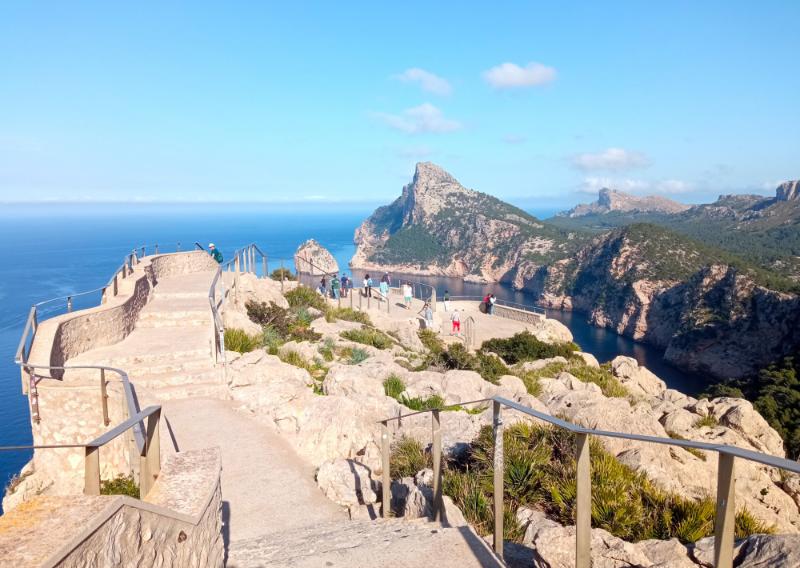
Activities in the Sierra de Tramuntana
The Sierra de Tramuntana is a playground for outdoor enthusiasts. Here are some of the top activities to enjoy:
- Hiking: The region is crisscrossed with hiking trails, ranging from easy walks to challenging climbs. The GR 221, also known as the Dry Stone Route, is a long-distance trail that traverses the entire mountain range, passing through some of its most scenic areas. Popular hikes include the Puber de Massanella and the Torrent de Pareis.
- Cycling: The winding roads of the Sierra de Tramuntana are a magnet for cyclists, both road and mountain bikers. The Ma-10 highway is a challenging but rewarding route, offering stunning views at every turn.
- Rock Climbing: The limestone cliffs of the Sierra de Tramuntana provide excellent opportunities for rock climbing. Popular spots include Sa Gubia and Es Cornadors.
- Cultural Exploration: Visit the region’s charming villages, historic monasteries, and traditional estates to learn about Mallorca’s rich cultural heritage.
- Beaches and Coves: While the Sierra de Tramuntana is primarily a mountain range, it also boasts beautiful coastal areas, such as Cala Deià and Cala Tuent, perfect for swimming and relaxing.

Tourist Services
The Sierra de Tramuntana offers a wide range of services to cater to tourists. Accommodation options include charming boutique hotels, rustic agroturismos (farm stays), and luxury resorts. Towns like Valldemossa, Deià, and Sóller have a variety of restaurants serving traditional Mallorcan cuisine, such as pa amb oli (bread with olive oil and toppings) and tumbet (a vegetable dish).
Guided tours and outdoor activities, such as rock climbing, cycling, and kayaking, are also available. Many local companies offer tailored experiences, including wine tastings, olive oil tours, and cultural excursions.
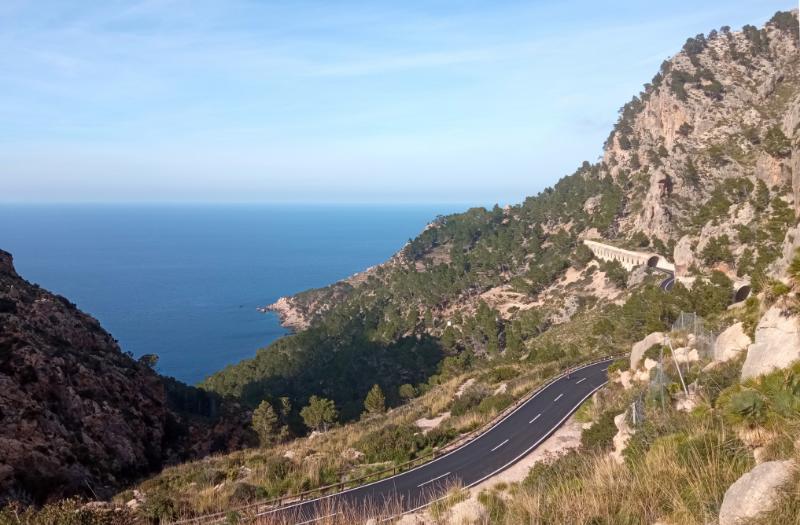
Tips for Visitors
- Transportation: While public transportation is available, renting a car is the best way to explore the Sierra de Tramuntana at your own pace. Be prepared for narrow, winding roads, especially on the Ma-10 highway.
- Footwear: If you plan to hike, wear sturdy, comfortable shoes. Some trails can be rocky and steep.
- Sun Protection: The Mediterranean sun can be intense, especially in summer. Bring sunscreen, a hat, and sunglasses.
- Respect the Environment: The Sierra de Tramuntana is a protected area. Follow Leave No Trace principles, stay on marked trails, and avoid disturbing wildlife.
- Best Time to Visit: Spring (April to June) and autumn (September to October) are ideal, with mild temperatures and fewer crowds. Summer can be hot, but the higher altitudes offer cooler conditions.
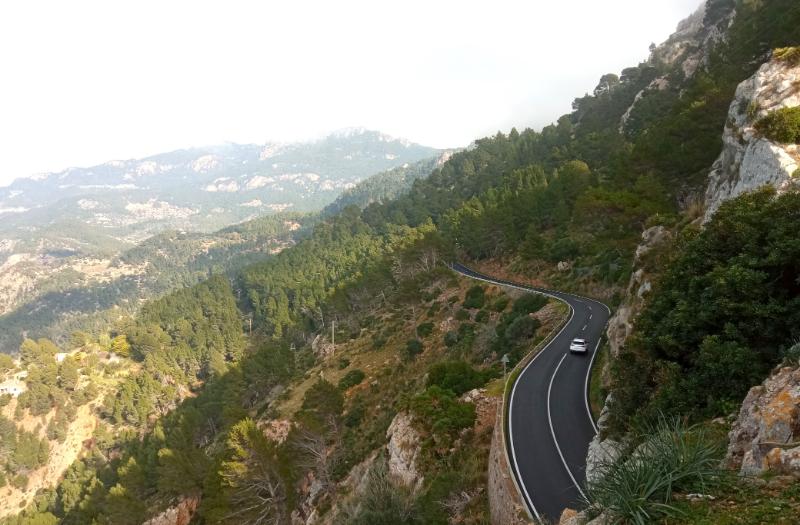
Curiosities
- The Sierra de Tramuntana has been a filming location for several movies and TV shows, including "The Night Manager" and "Cloud Atlas."
- The region is known for its dry stone construction, a traditional technique used to build terraces, walls, and huts. This method is recognized by UNESCO as an Intangible Cultural Heritage.
- The olive oil produced in the Sierra de Tramuntana is highly prized. Many estates offer tours and tastings.
- The mountains are home to unique flora and fauna, including the Mallorcan midwife toad and several endemic plant species.

7
Conclusion
The Sierra de Tramuntana is a destination that captivates with its natural beauty, rich history, and vibrant culture. Whether you’re hiking its rugged trails, exploring its charming villages, or simply soaking in the stunning views, this mountain range offers something for everyone. Its UNESCO World Heritage status is a testament to its significance as a cultural and natural treasure. A visit to the Sierra de Tramuntana is not just a trip—it’s an experience that will stay with you long after you leave. So pack your bags, lace up your hiking boots, and get ready to discover one of the most enchanting corners of Mallorca.














